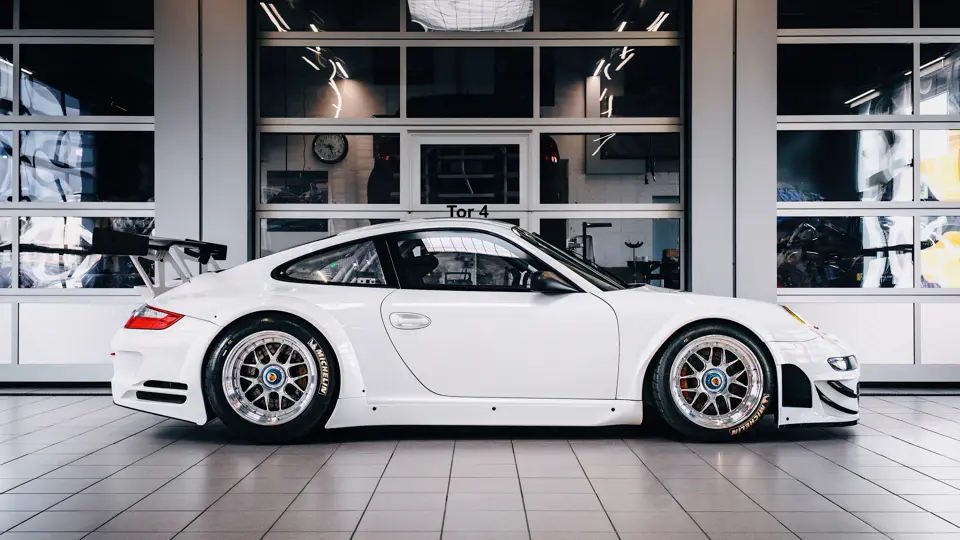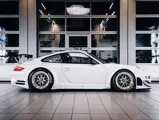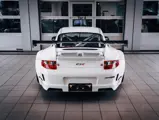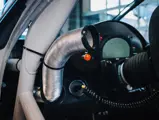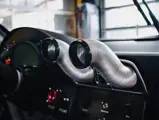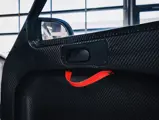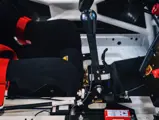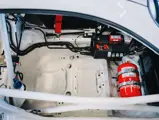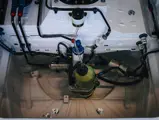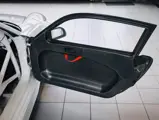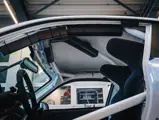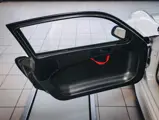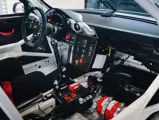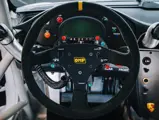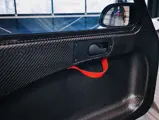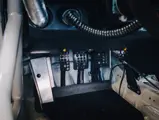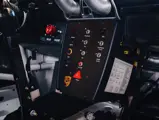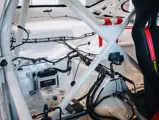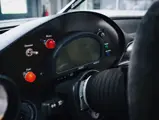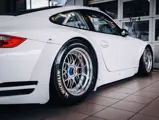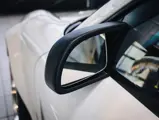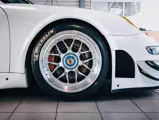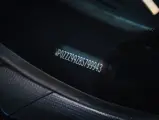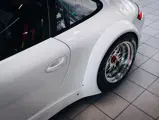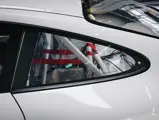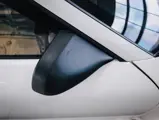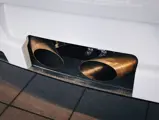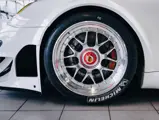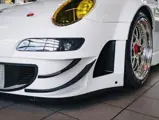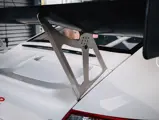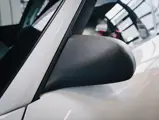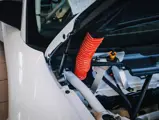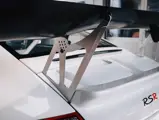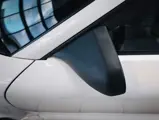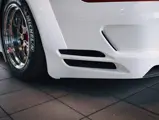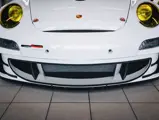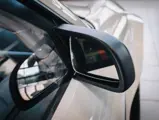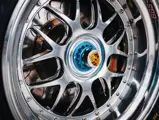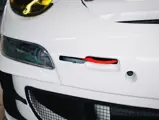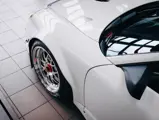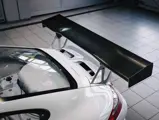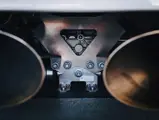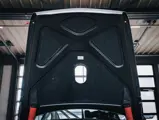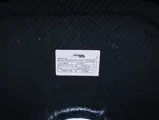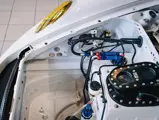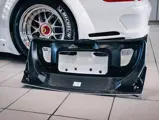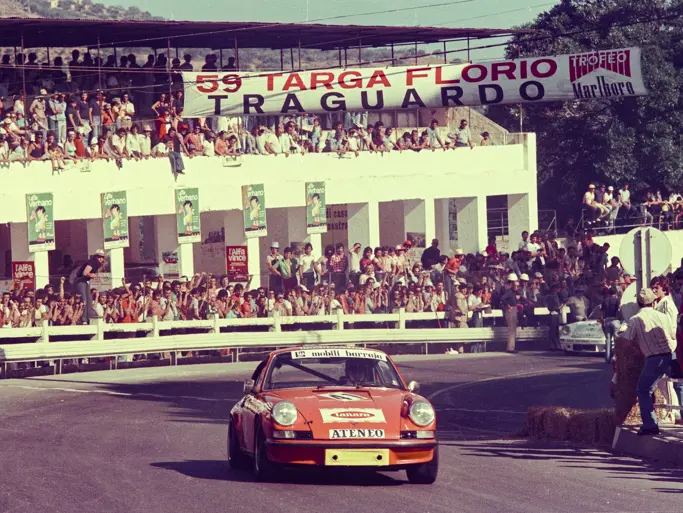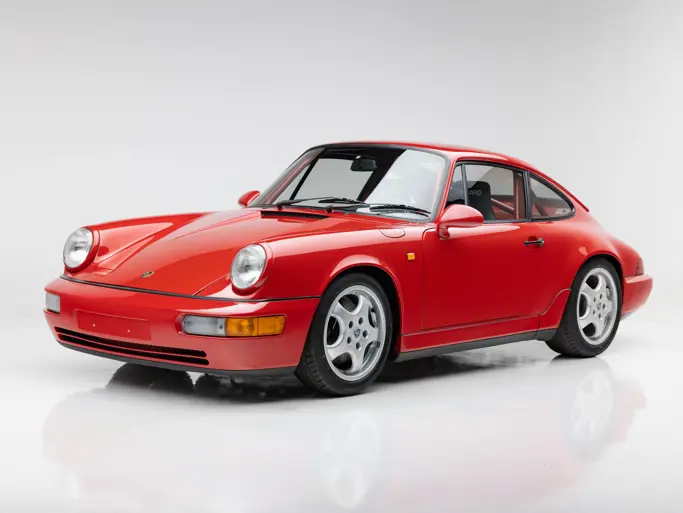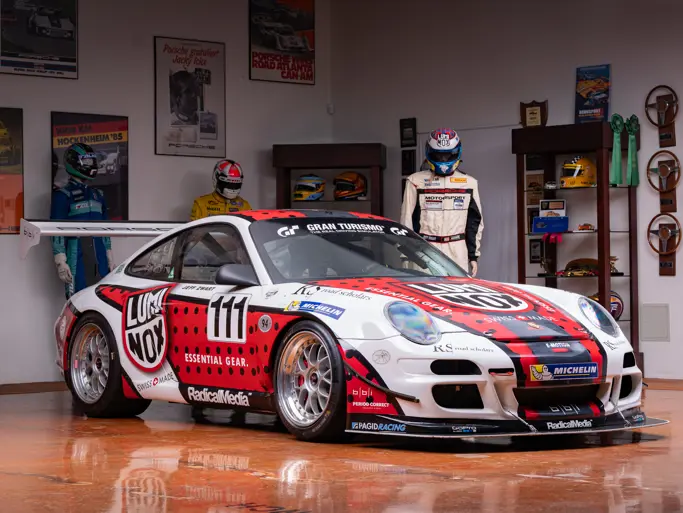
2008 Porsche 911 GT3 RSR
{{lr.item.text}}
CHF680,000 | Sold
{{bidding.lot.reserveStatusFormatted}}
- A time-warp example of Porsche’s hugely successful 997-generation GT3 RSR
- One owner since new and never raced
- Retains its matching-numbers chassis, engine, and gearbox
- Odometer reads just 20 kilometres at the time of cataloguing
- Powered by a 485-horsepower 3.8-litre flat-six engine mated to a six-speed sequential gearbox
- Accompanied by an Automobile Club de l’Ouest technical passport, a 2007-issued FIA homologation form, and a Porsche Motorsport Datenblatt
Almost from the moment of its inception the Porsche 911 has been a major presence in motorsport, and in no arena has the model made its presence felt more than long-distance endurance racing. Just two years after the model was introduced, Jacques Dewes and Jean Kerguen won the 2-litre GT class at Le Mans in their 911 S, and by the middle of the next decade the term “RSR” had entered the Porsche lexicon with the arrival of a competition-focussed 911 that would lay the foundations for nearly 60 years of success in top-flight endurance racing.
Fast forward to 1999 and the Porsche 911 was still making waves at Le Mans, now with the 911 R, which was based on the 996-generation GT3. An immediate class winner, it went on to dominate the American Le Mans Series. Its successor, the GT3 RS, took things further, with overall wins at Spa-Francorchamps and Daytona prior to the most fearsome 996-generation racer being launched in 2004—the 911 GT3 RSR. The RSR raised power output to 455 horsepower, included a six-speed sequential gearbox, and revived a hallowed nameplate from the annals of Porsche history.
Things only got better in 2006, when the upgraded GT3 RSR—based on the new 997-generation Porsche 911—broke cover prior to its race debut at the 24 Hours of Le Mans the following year, and by 2008 further developments had been made. Immediately distinguishable from its predecessor thanks to a revised front-end bristling with aerodynamic improvements, among them “flick” spoilers on the front apron and optimised air ducting, the new model featured greater downforce and reduced drag. Beneath the bodywork, revised suspension offered notably increased mechanical grip, while power was derived from the same 485-horsepower 3.8-litre flat-six engine that was capable of spinning to an electrifying 9,000 rpm. Bigger changes were made to the six-speed sequential gearbox, which benefitted from development of the RS Spyder sports prototype; lighter than the outgoing unit, internal friction was said to have been significantly reduced.
Just 35 examples of the 997-generation 911 GT3 RSR were slated for production, among them chassis 799943. The Porsche is finished in Carrera White and was supplied to the consigning seller, Widberg Motorsport AG, on 24 April 2008. Incredibly, the car has covered just 20 kilometres of pre-delivery testing at Weissach and is presented in near-new condition, having never been raced. The car retains its matching-numbers chassis, engine, and gearbox and is accompanied by an Automobile Club de l’Ouest LM GT2 technical passport, DMSB roll cage certificate, a 2007-issued FIA GT2 homologation form, and a Porsche Motorsport Datenblatt.
The 997-era Porsche 911 GT3 RSR is without question one of the most accomplished racers of its generation, having scored wins at some of the world’s most iconic circuits at the top level of endurance racing. Built in limited numbers for the specific purpose of winning races, the opportunity to purchase an as-new example that has never turned a wheel in anger is incredibly rare. This spectacular example—which has been in the care of its first owner since leaving Weissach—would make a perfect addition to any collection of serious performance Porsches, or a welcome entry to many leading historic motor racing events and series.


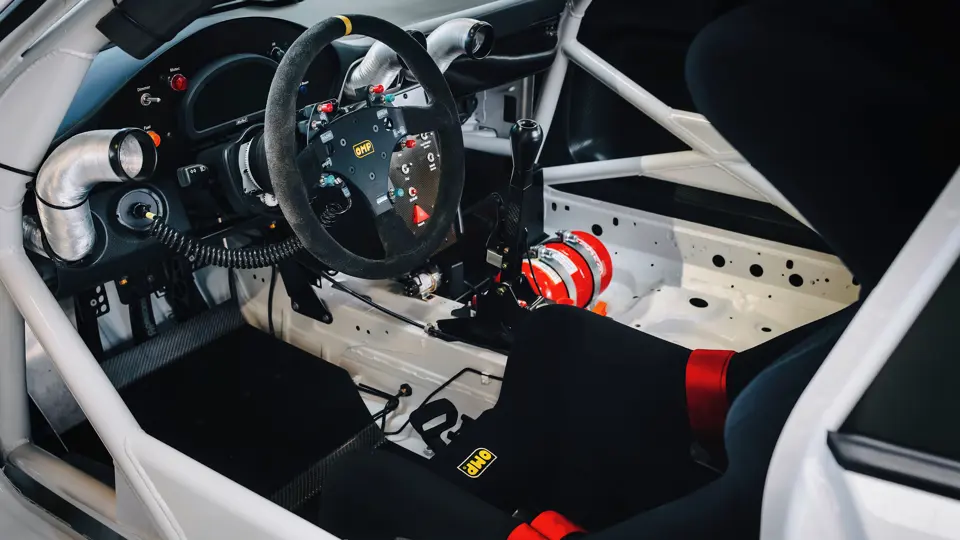

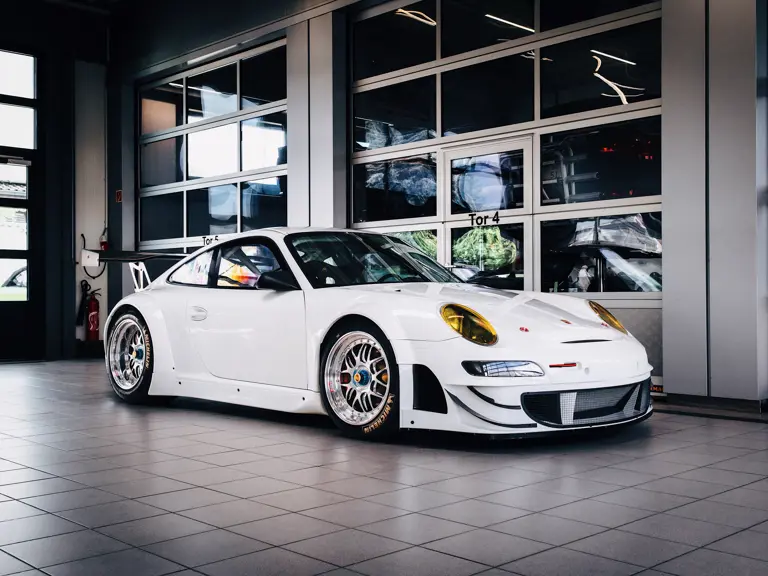
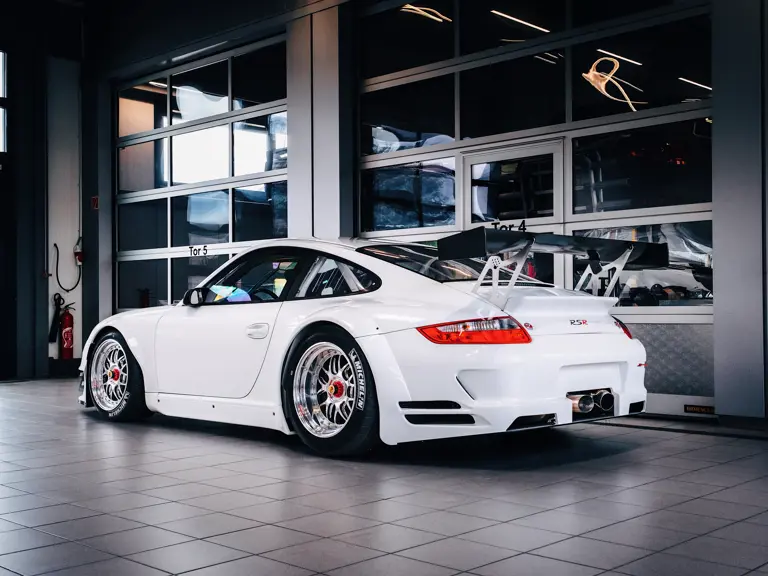
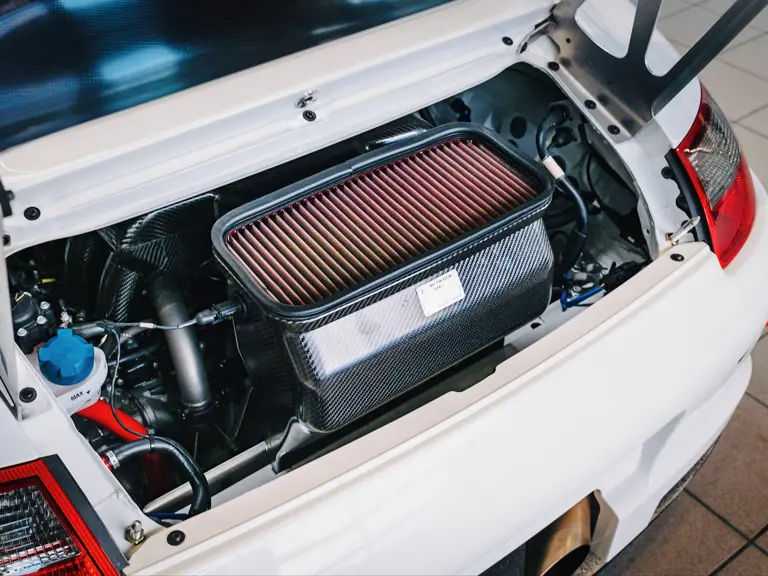

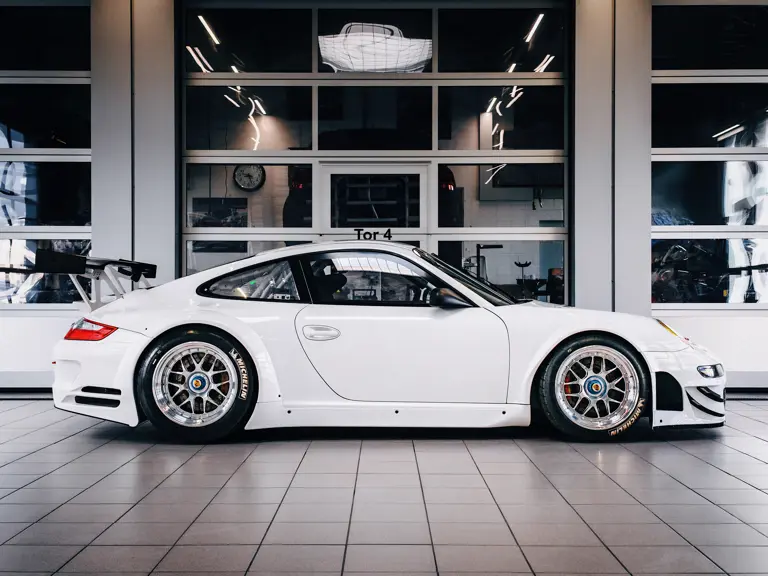


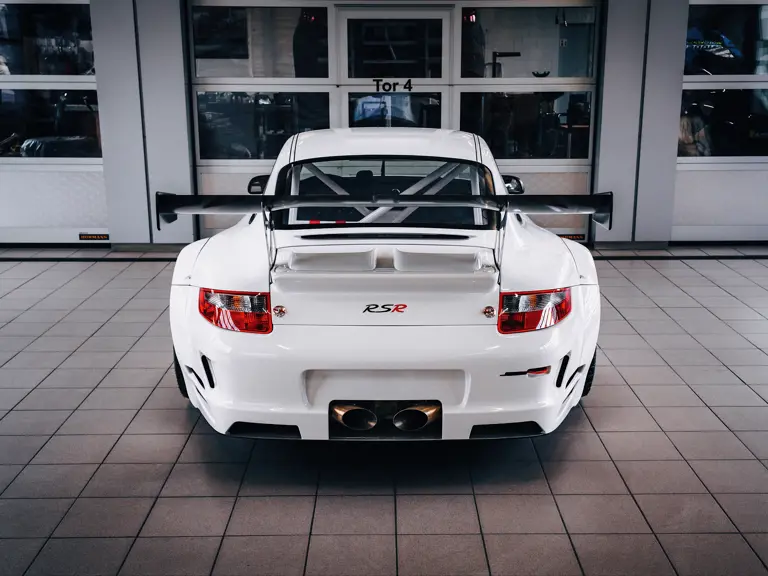
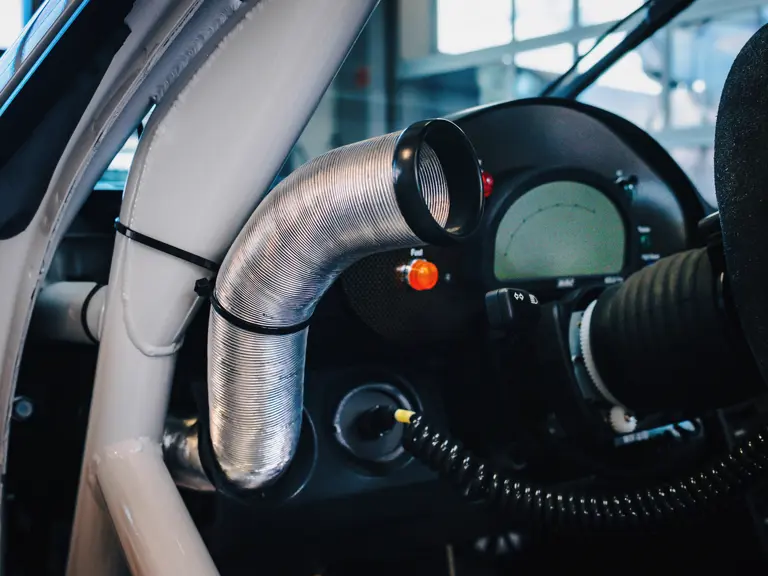
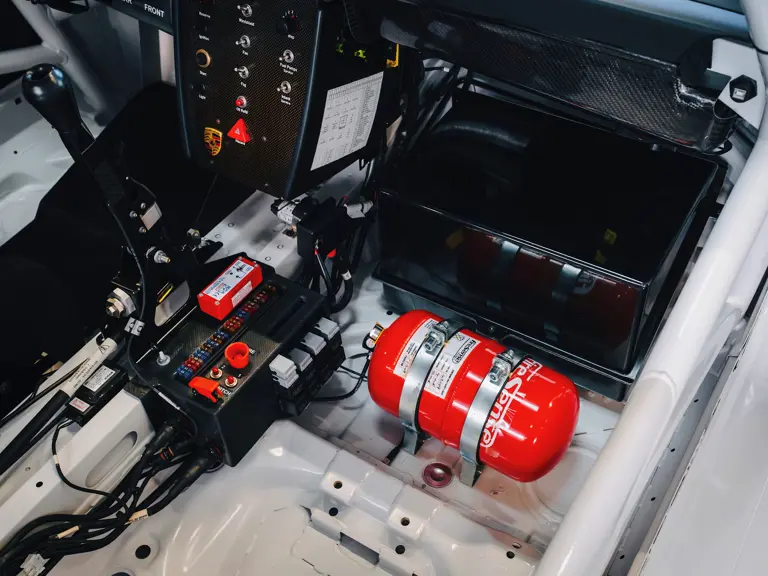
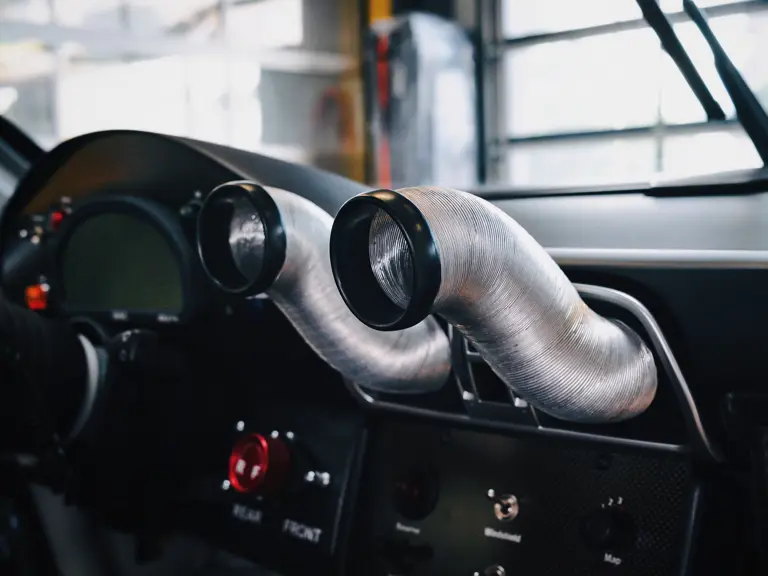
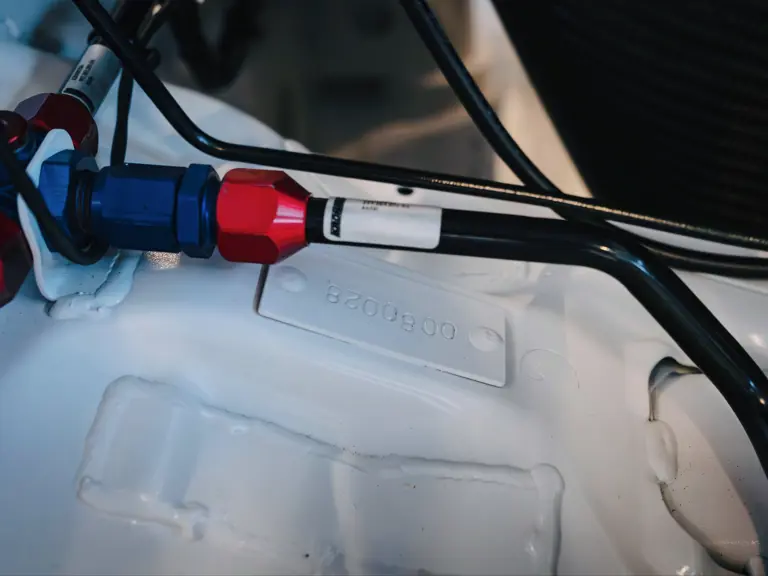





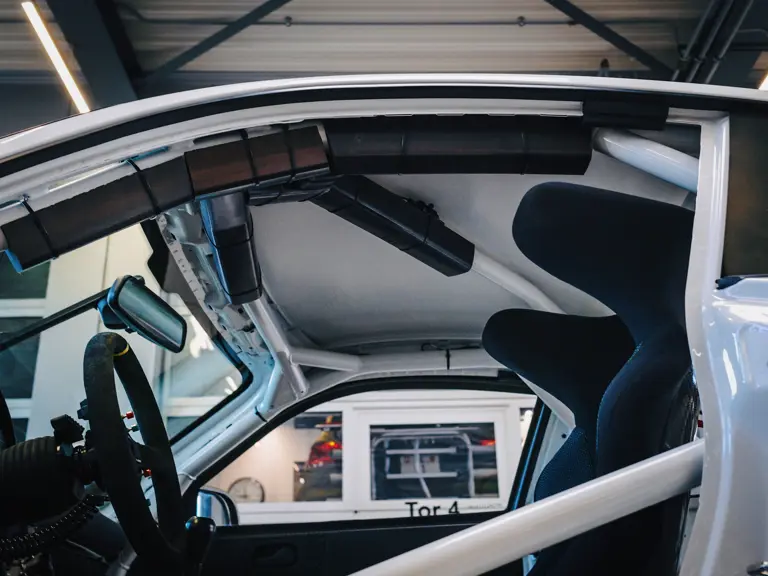
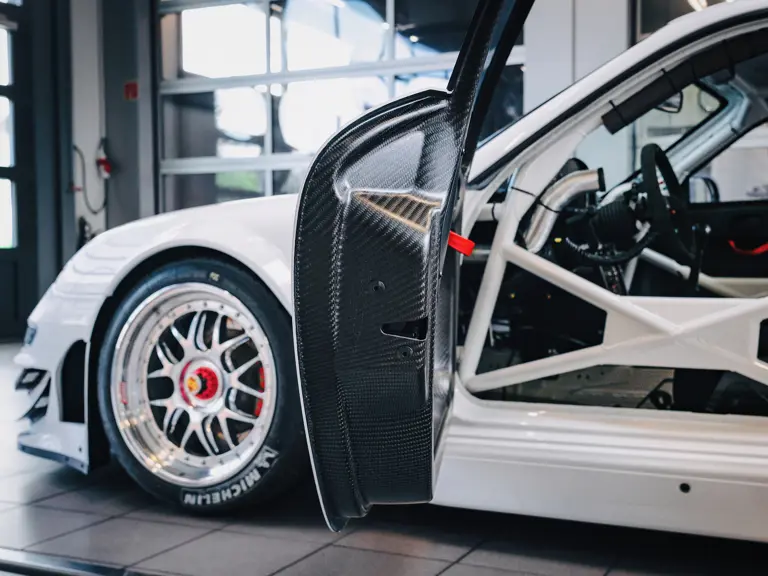
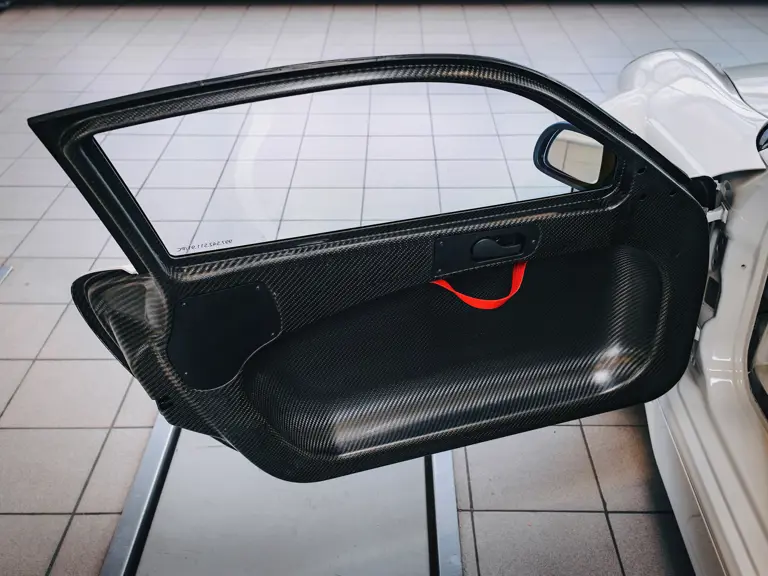
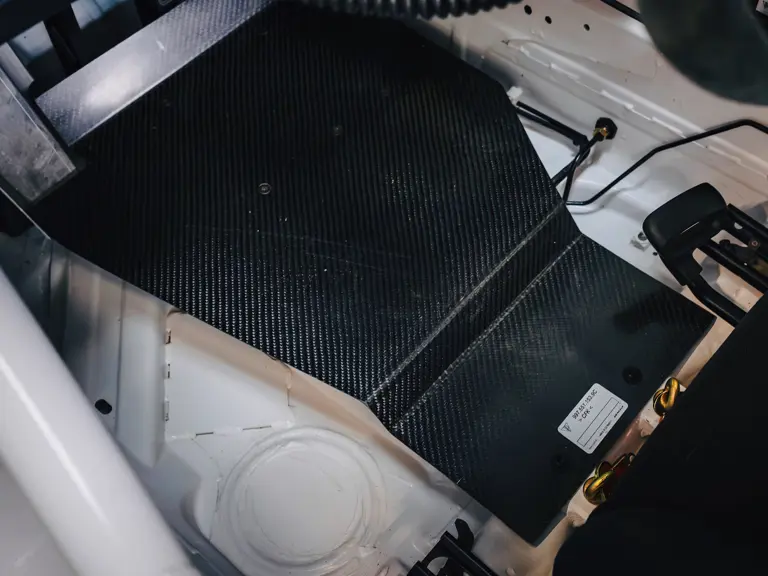
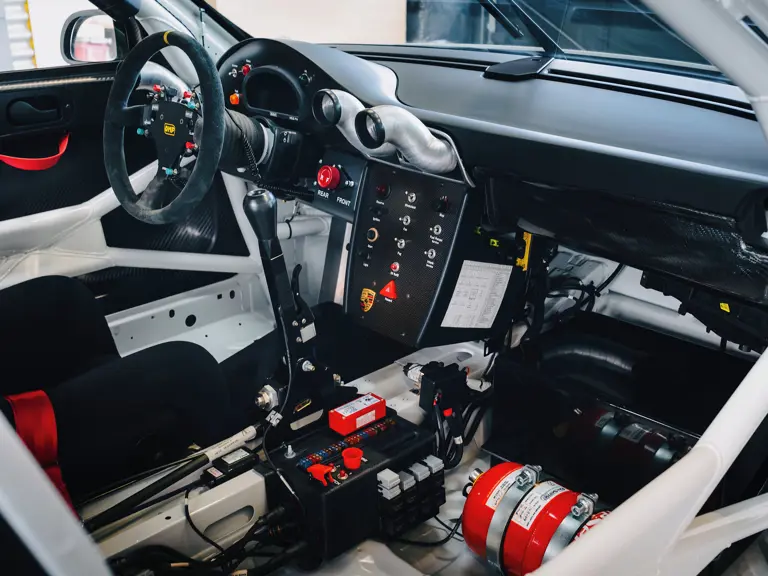
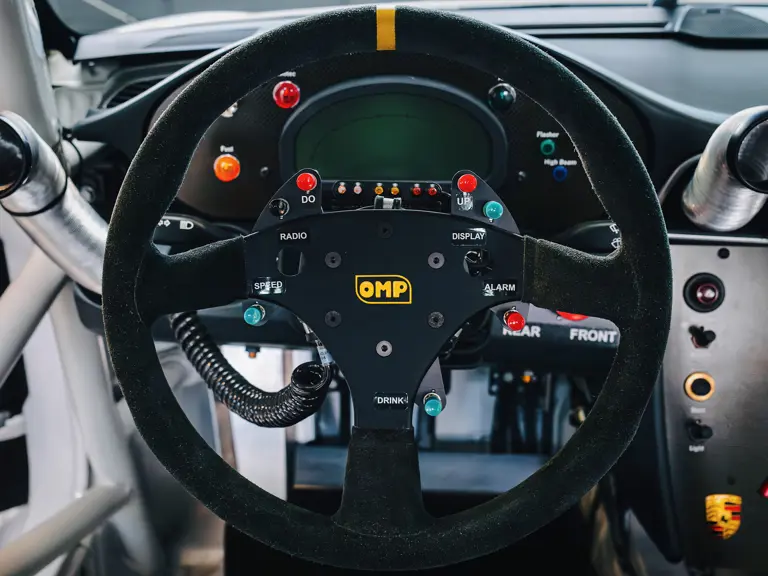

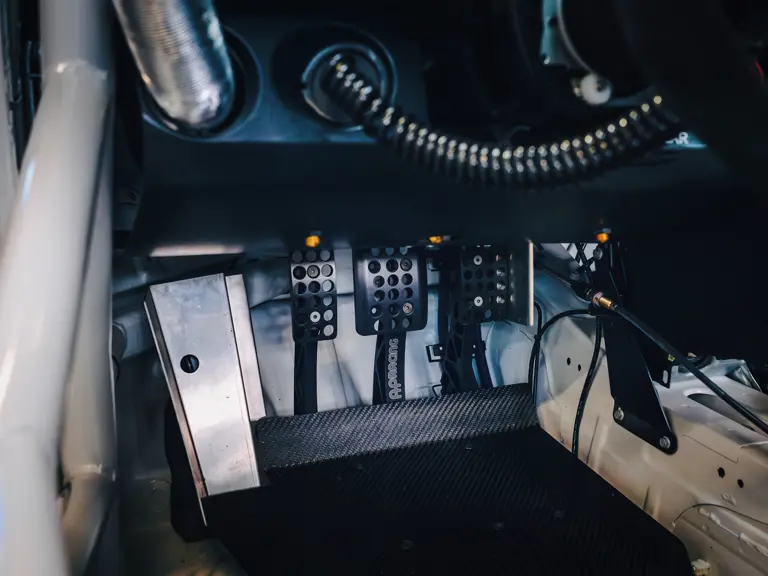


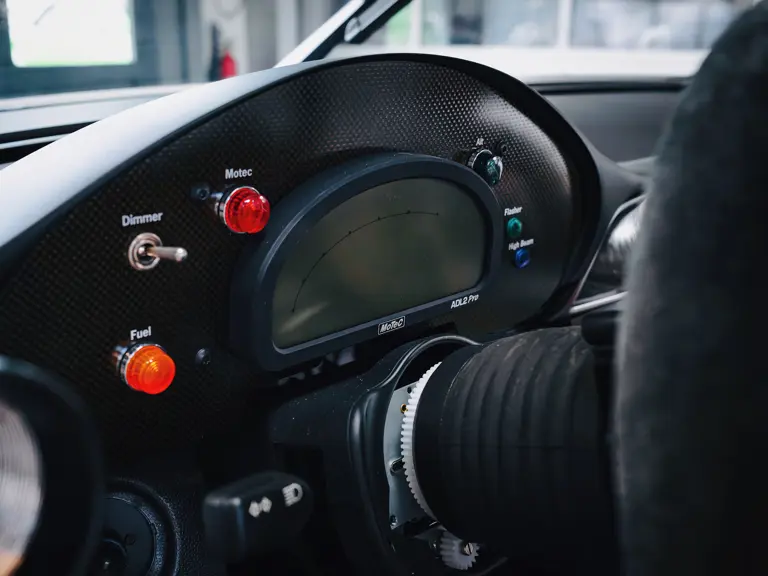
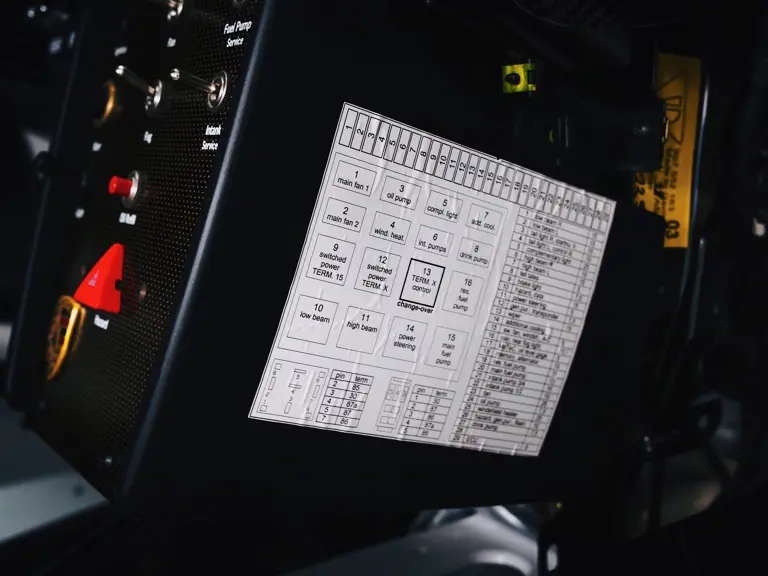


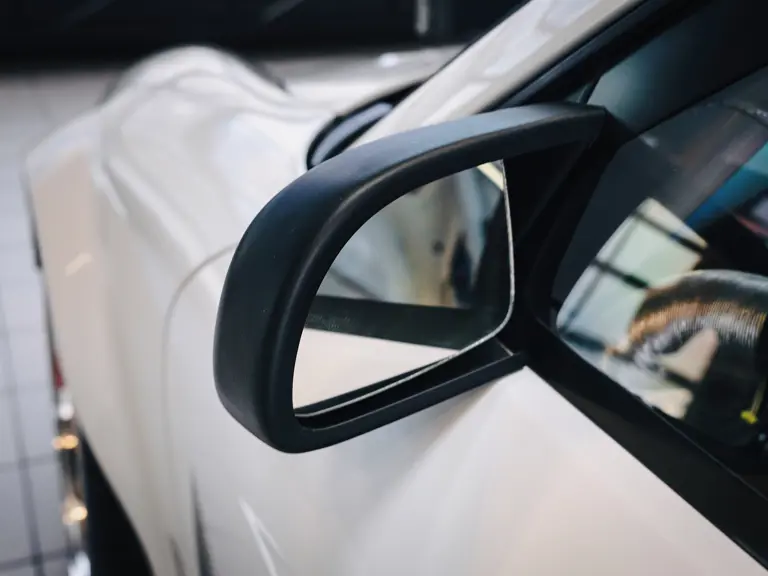
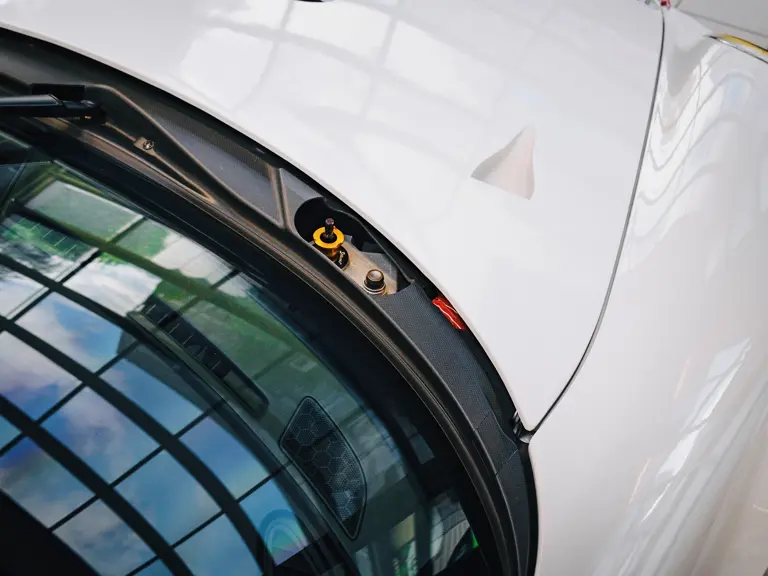
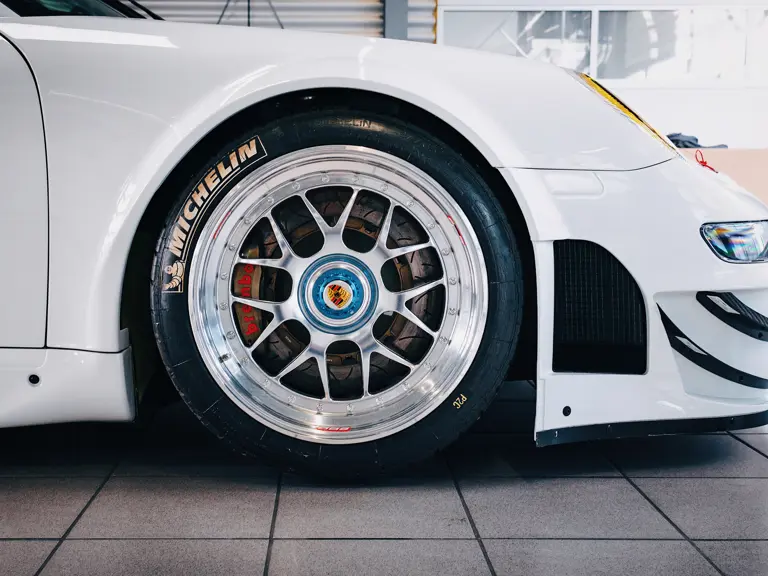
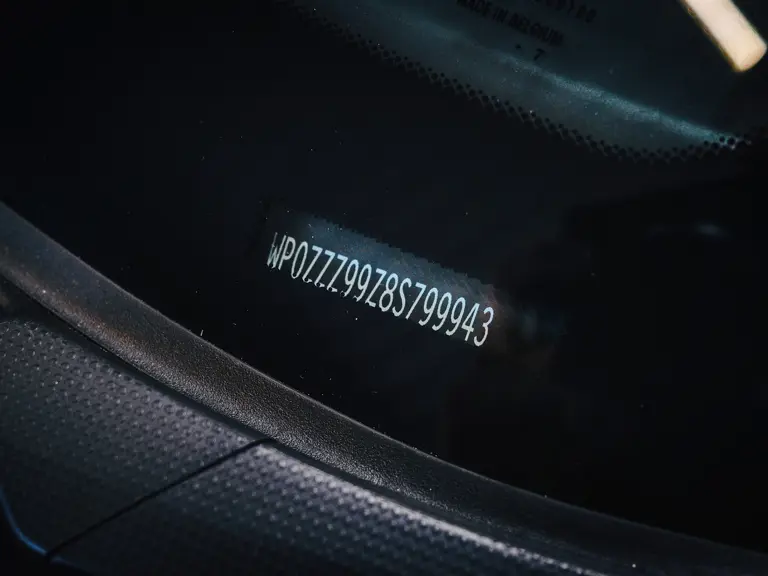
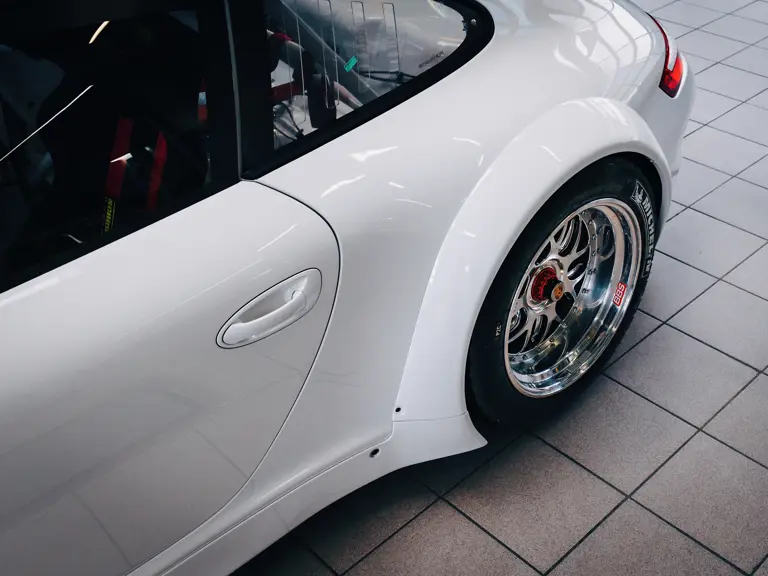


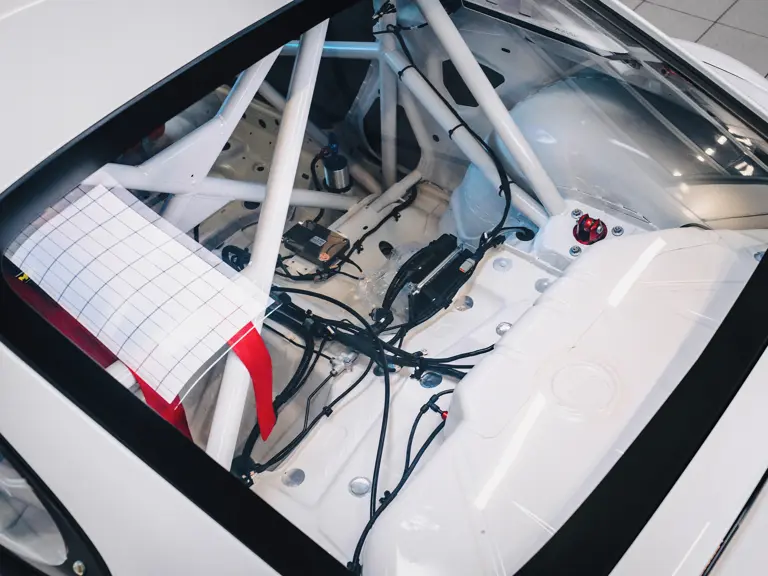
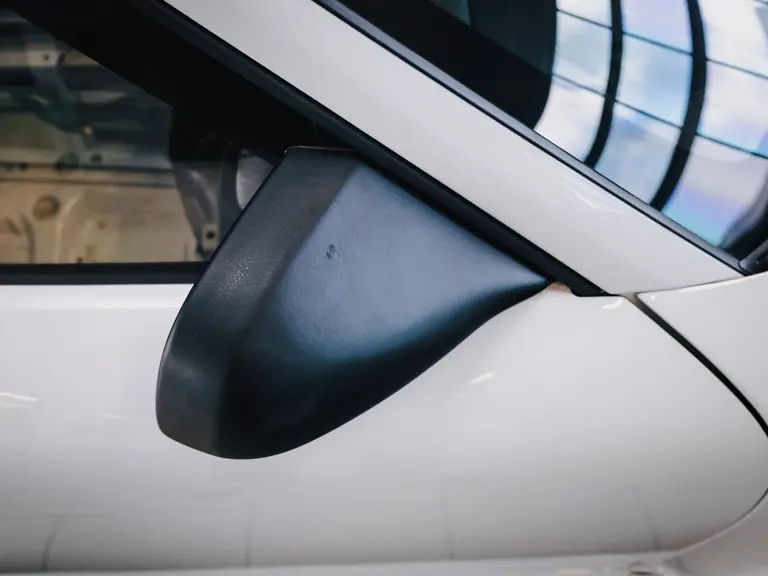
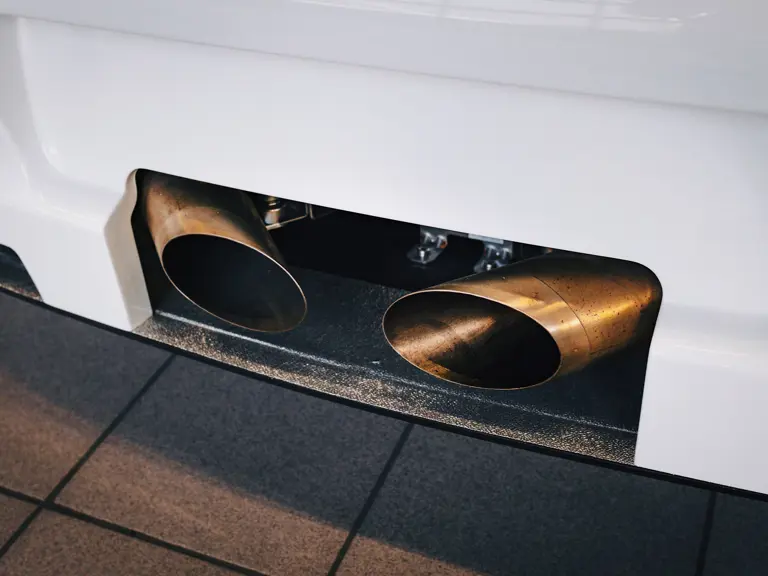

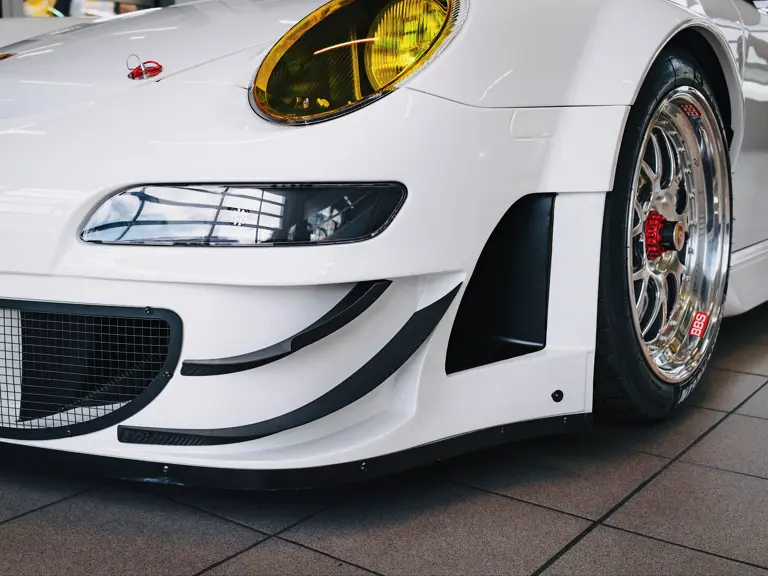

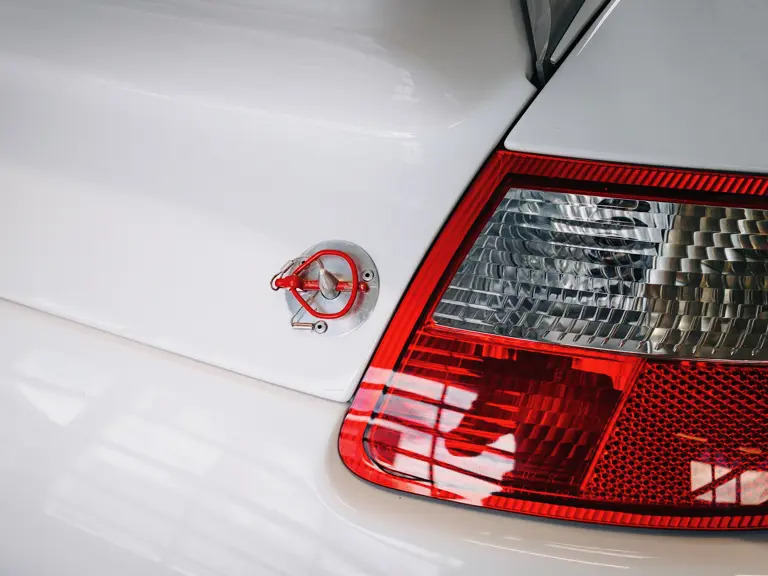

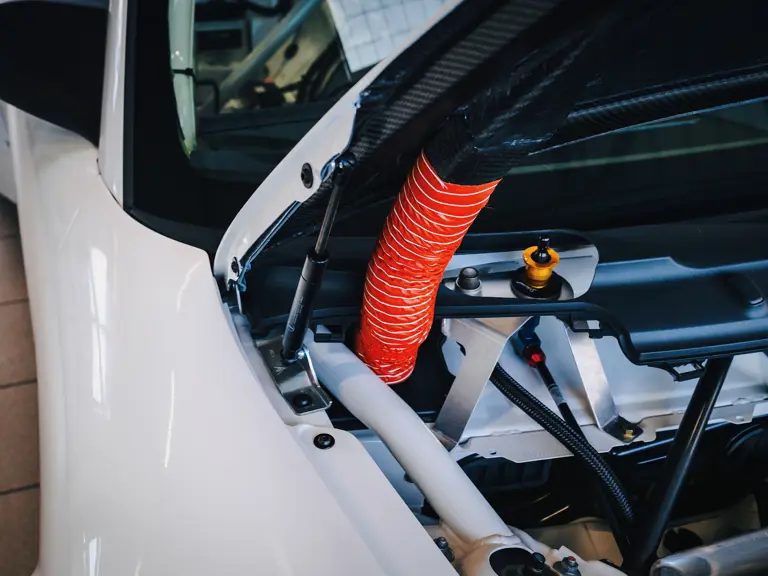
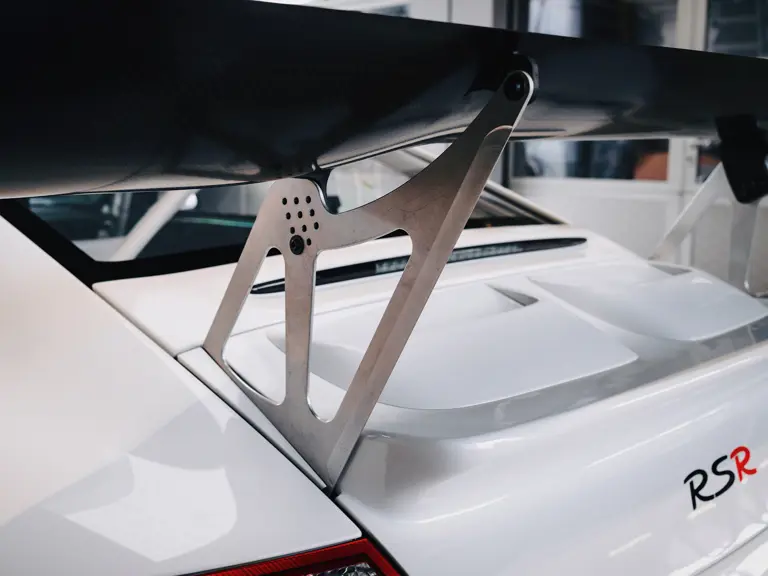
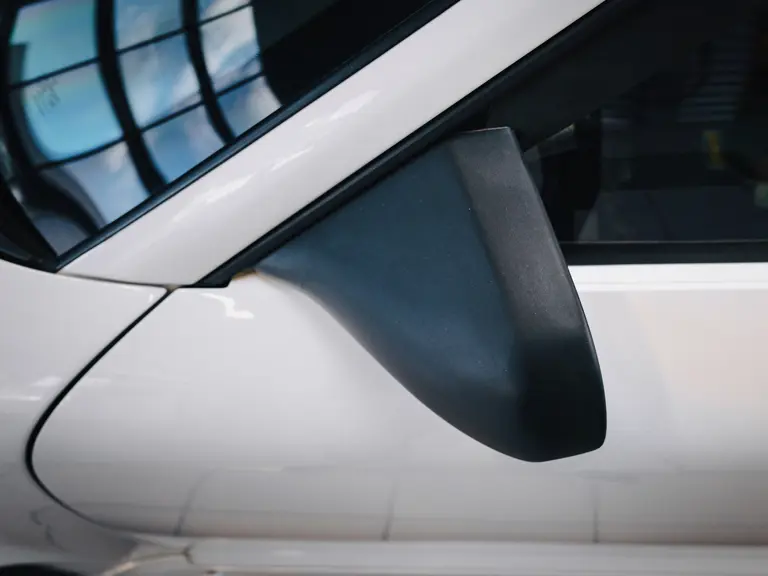
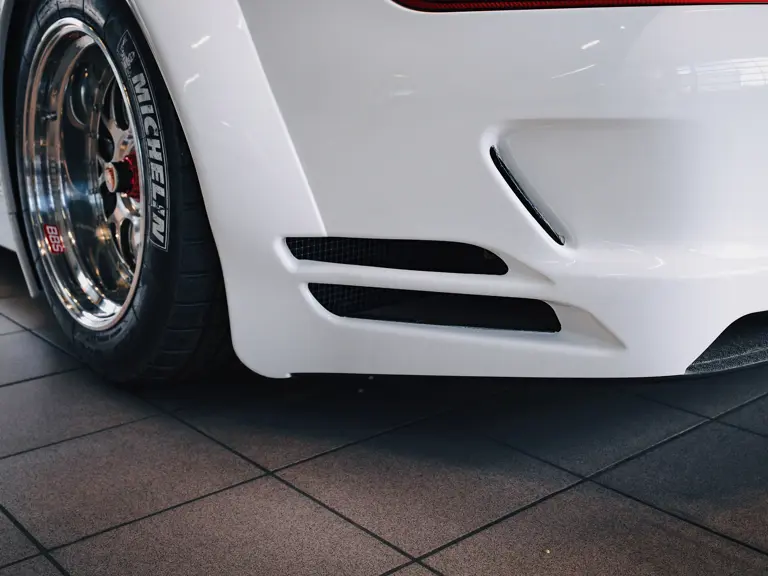
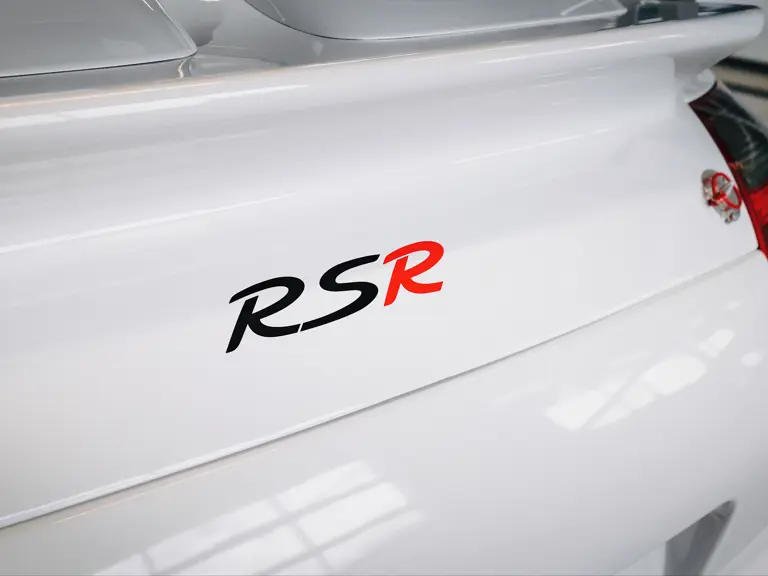
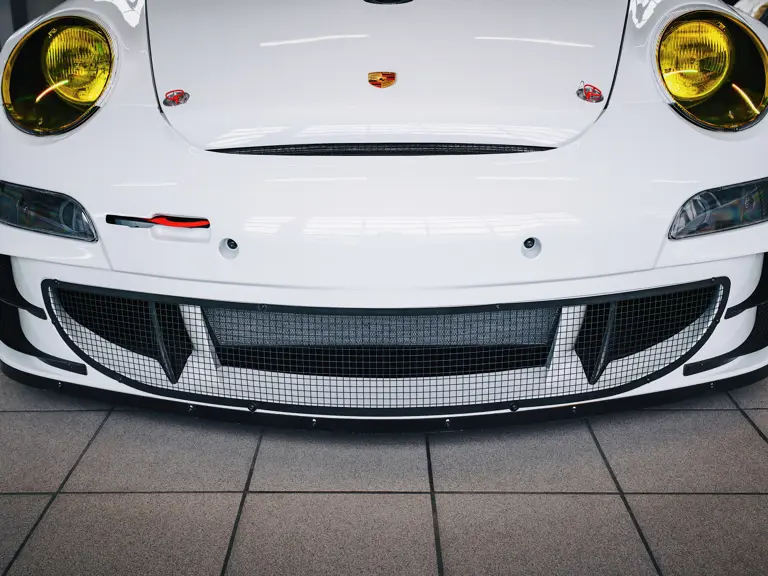
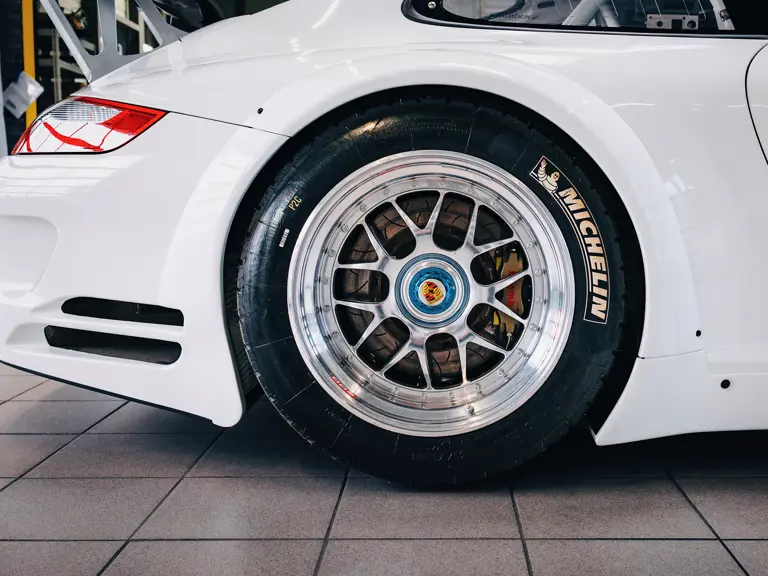
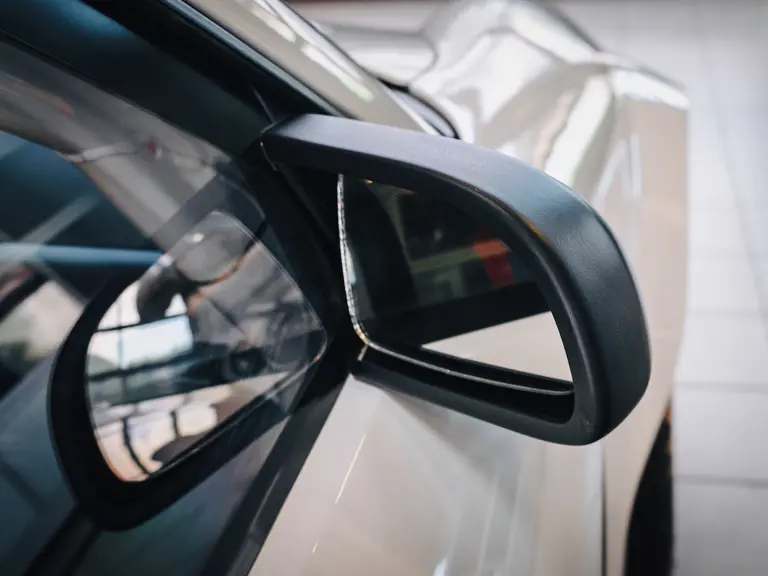



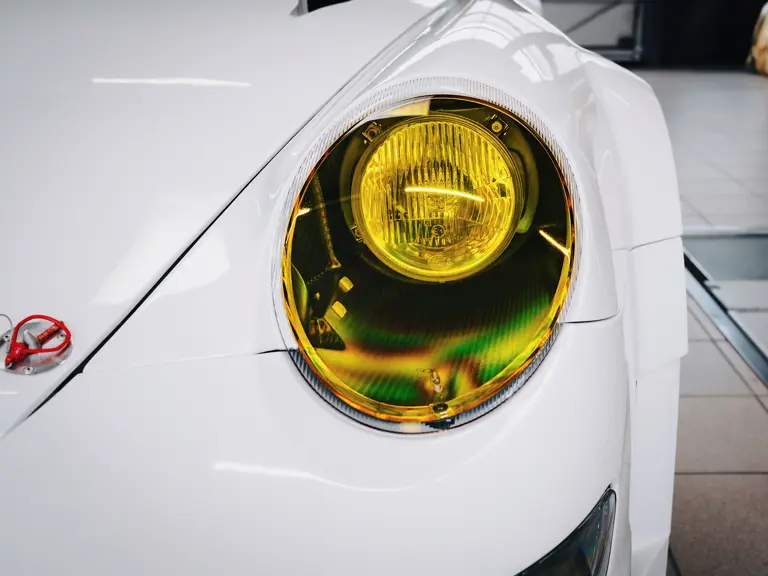



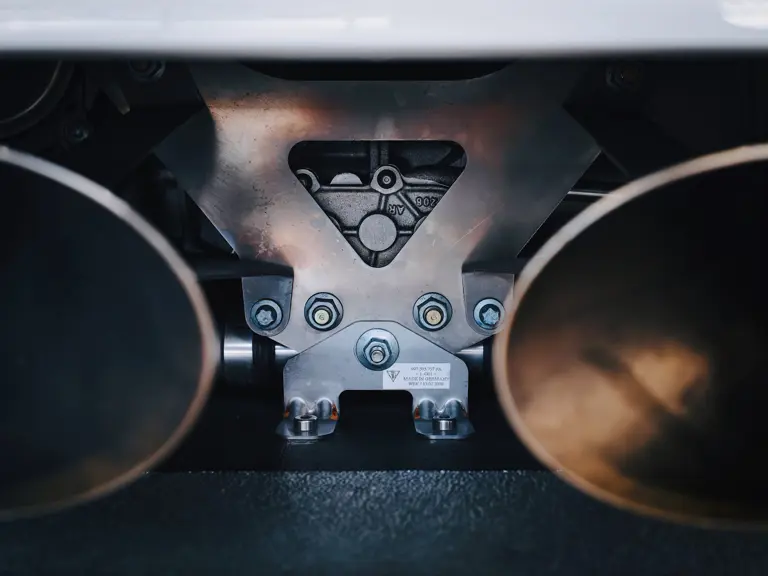

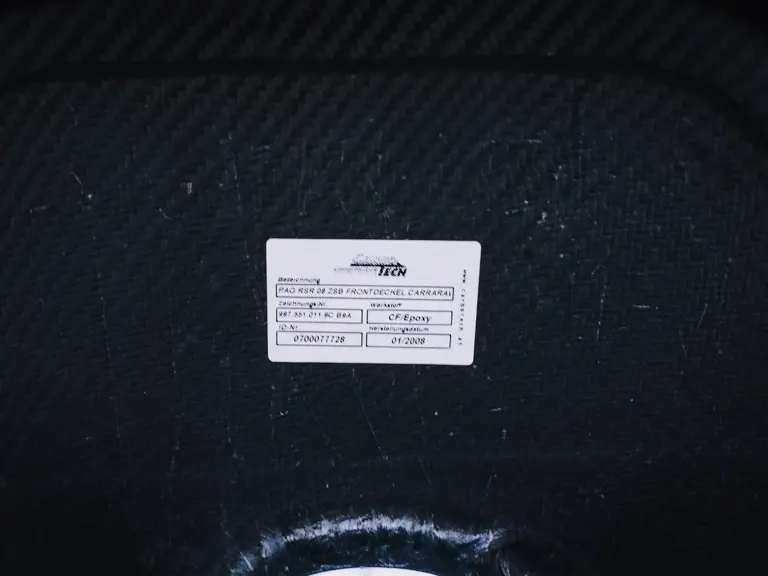
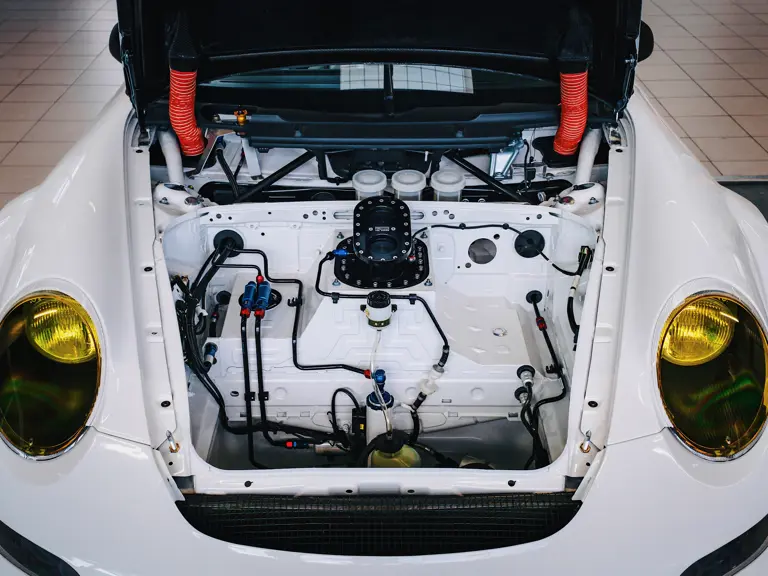

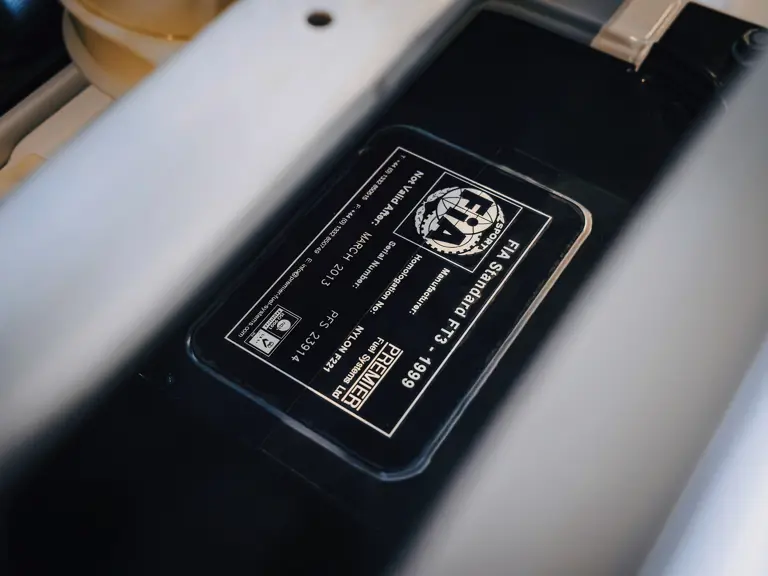
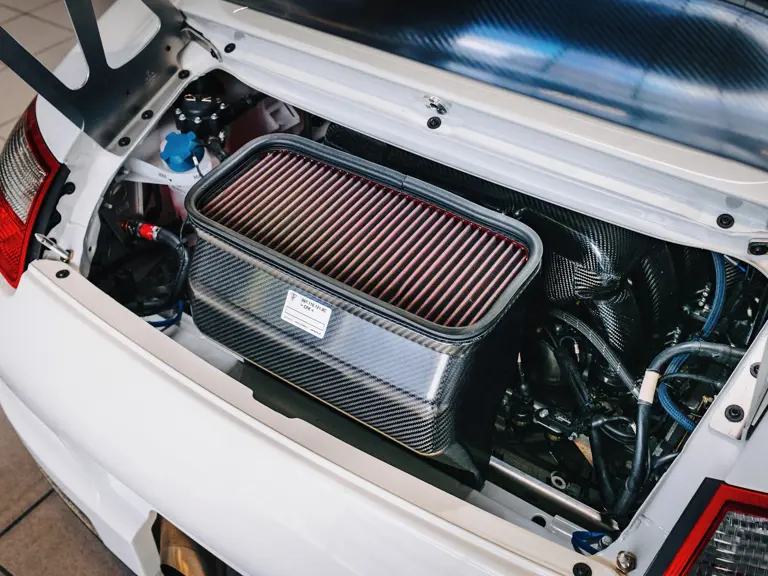
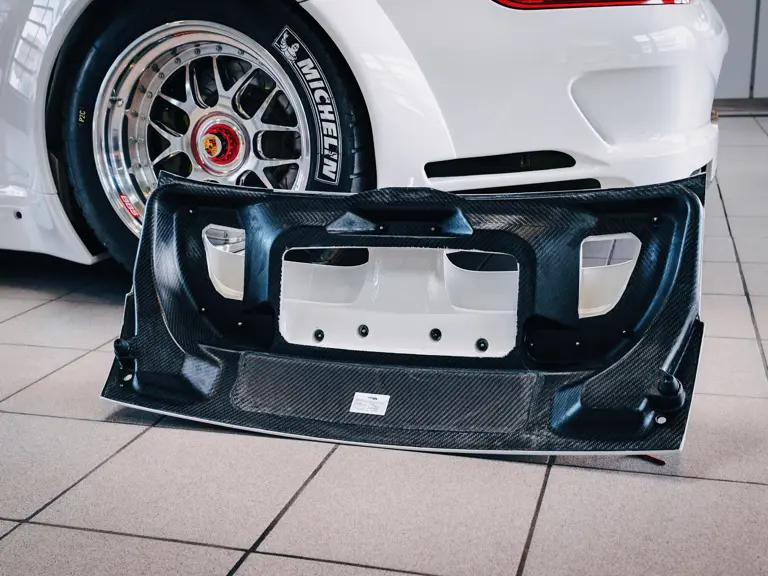

 | St. Moritz, Switzerland
| St. Moritz, Switzerland
